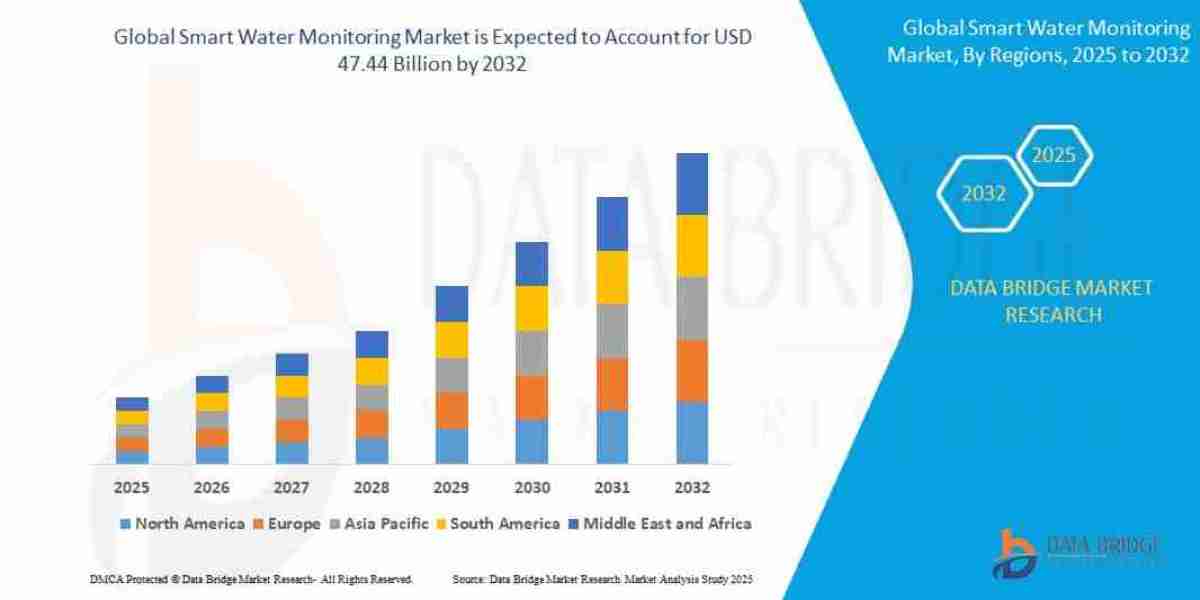In today's data-driven world, organizations face escalating risks related to data breaches, cyberattacks, and unauthorized access to sensitive information. Data-centric security has emerged as a critical approach to protect digital assets by focusing on securing the data itself rather than solely relying on perimeter defenses. This article provides an overview of the data-centric security market, including its importance, key trends, challenges, and future prospects.
Need for Data-centric Security:
Traditional security measures often focus on fortifying network perimeters and endpoint devices, but they may fall short in safeguarding data from sophisticated threats. Data-centric security recognizes that data is the most valuable asset and should be protected at its core. By adopting data-centric security strategies, organizations can mitigate risks associated with data breaches, data loss, insider threats, and non-compliance with data privacy regulations.
Data Classification and Discovery:
Data-centric security starts with the identification and classification of sensitive data. Organizations must gain visibility into their data landscape, understand what data they possess, and categorize it based on its sensitivity. Automated data discovery tools aid in scanning and identifying sensitive data across various systems, databases, and file repositories. Data classification enables organizations to prioritize security controls and apply appropriate security measures based on the data's value and risk level.
Encryption and Tokenization:
Encryption is a key component of data-centric security. It ensures that data remains secure, even if it is intercepted or accessed by unauthorized entities. Encryption techniques, such as symmetric and asymmetric encryption, protect data by encoding it into an unreadable format. Additionally, tokenization substitutes sensitive data elements with non-sensitive tokens, reducing the risk of data exposure and enabling secure data processing without revealing the original information.
Data Access Controls and Authorization:
Data-centric security emphasizes the implementation of robust access controls and authorization mechanisms. Role-based access control (RBAC), attribute-based access control (ABAC), and fine-grained access controls are employed to restrict data access to authorized personnel based on their roles, responsibilities, and security clearances. Multifactor authentication (MFA) adds an extra layer of security by requiring multiple credentials for data access.
Data Loss Prevention (DLP):
Data Loss Prevention solutions are integral to data-centric security strategies. DLP tools monitor data movements, both within the organization's network and to external destinations, to prevent unauthorized data exfiltration or leakage. These solutions utilize techniques such as content inspection, contextual analysis, and policy enforcement to detect and prevent data breaches, ensuring compliance with data protection regulations.
Cloud and Hybrid Environments:
The increasing adoption of cloud computing and hybrid environments has necessitated the integration of data-centric security measures. Cloud data protection solutions offer encryption, tokenization, and access control capabilities, ensuring that data stored in the cloud remains secure and private. Secure data sharing and collaboration platforms facilitate secure data exchange and collaboration between users while maintaining data-centric security controls.





